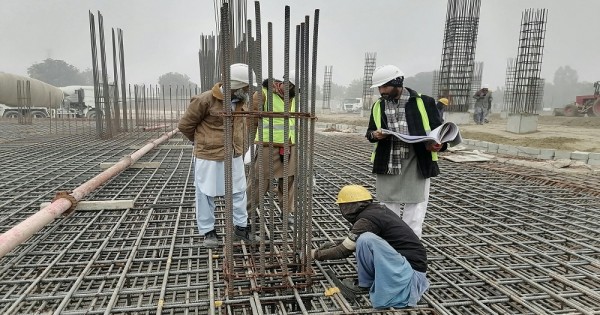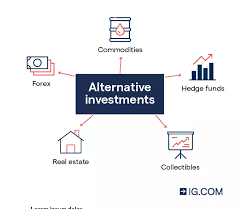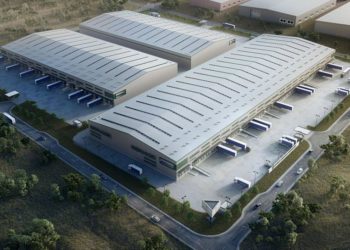The construction industry is grappling with sustained cost escalation, a challenge that continues to erode profitability and delay project delivery. Rising material prices, foreign exchange fluctuations, labour shortages, and extended timelines are all combining to put upward pressure on project budgets. Left unmanaged, these factors can undermine investor confidence and threaten the viability of even well-structured developments.
At the heart of the problem are volatile input costs. Cement, steel, and other critical materials are prone to sudden price shifts, while heavy reliance on imports leaves projects vulnerable to currency swings. Skilled labour shortages add another layer of pressure, as higher wages and limited availability of expertise slow down delivery. In many cases, delays and scope changes extend projects into inflationary cycles, compounding the financial burden.
Mitigation requires a deliberate and structured approach. Developers and contractors must prioritise comprehensive planning and ensure designs are complete before construction begins. This reduces the likelihood of unforeseen adjustments that drive up costs mid-project. Incorporating escalation clauses and contingency buffers into contracts helps distribute risks more fairly among stakeholders, while disciplined governance and change management limit unnecessary scope creep.
Procurement strategies are equally important in addressing cost pressures. Bulk purchasing, phased procurement, and negotiating locked-in prices with suppliers can provide valuable stability. Meanwhile, technology and data-driven tools offer greater visibility into real-time project performance, allowing teams to detect and respond to cost drifts early.
While cost escalation cannot be eliminated, it can be anticipated and managed effectively. The key lies in collaboration — developers, contractors, financiers, and regulators must work together to align expectations, structure risk-sharing mechanisms, and embed resilience into every stage of the project cycle. In doing so, the industry can safeguard both profitability and long-term sustainability.
















